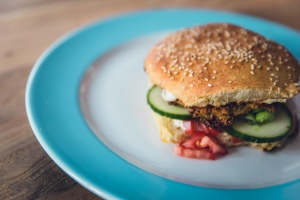
If you’re like me forgetting to thaw something for dinner is a weekly event. Luckily it’s possible to cook frozen hamburger patties without thawing them first fairly quickly and easily. Of the two methods presented here, I prefer to pan fry burgers as I like the texture a little better. However broiling can be great on days when standing at the stove while the meat cooks isn’t an option.
True sourdough is tolerated by many low FODMAPers. Look for products that have been naturally fermented. (Usually if there’s no yeast in it it’s a good clue.) If you don’t tolerate sourdough, you can briefly heat 2 taco-sized corn tortillas then cut the burger patty in half and tuck one half into each tortilla. Add toppings as desired. You can also make a lettuce wrap for your burger with butter lettuce if tortillas don’t sound appealing. The cucumbers are a nice stand in for pickles, which are often not low FODMAP. However if you aren’t in the elimination stage and tolerate dill pickles, you can use those instead.
If you wish to add cheese, add it about 3 minutes before the end of cooking. If using the stovetop method, cover the pan with a lid while the cheese melts.
If you are trying to eat low-histamine, as long as the patties were flash frozen when fresh, these cooking methods should produce lower histamine meat than if thawed ahead of time.
The EZ- burger
Makes 1 burger
Ingredients
- 1 (1/4 lb) frozen hamburger patty
- Sourdough bun (if tolerated)
- 1 tomato slice (optional)
- 1 tbsp mayonnaise (optional)
- 1/4 tsp low FODMAP ketchup optional)
- 1-2 slices cucumber optional)
- Romaine lettuce or butter lettuce (optional)
- Sea salt and black pepper
Instructions
Method 1: Pan Frying
- Heat a skillet over medium high heat. When it is hot enough to make a few drops of water sizzle, add the frozen burger patty. Give it a crack of black pepper and a sprinkle of salt.
- Meanwhile mix the mayonnaise and ketchup in a small bowl until even to make burger sauce.
- Allow the patty to cook undisturbed until the juices start to seep from the top .
- Give it another minute or so and then flip. Just as before, allow the patty to cook undisturbed until her again the juices start to seep from the top of the burger. Allow to cook for another 1-2 minutes. (This should produce a medium burger. You may need to try this method a few times and adjust cooking times to reach the desired doneness.)
- Remove patty from pan and allow to rest for about 2-3 minutes. Top with the burger sauce, cucumbers, tomato and lettuce. Serve.
Method 2:Broiling
- Set broiler to high and preheat for at least 5 minutes. Arrange the rack so that the burger patty itself will be about 4” from the heating element.
- Prepare a broiling pan or cast iron skillet by lining it with aluminum foil.
- Place the frozen patty in the center of the pan and give it a crack of black pepper and a sprinkle of salt. Put the pan in the oven on the top rack. Leave the oven door open. If you have a kitchen fan, it’s a good idea to turn on now.
- Broil for 5-7 minutes. Remove the pan from the oven and flip the patty. It may sill be pink on the underside. That’s ok.
- Meanwhile mix the mayonnaise and ketchup together in a small bowl until even to make burger sauce.
- Return the burger to the oven and broil for another 5-7 minutes. This should produce a a medium burger. However it may take some experimentation to get perfect doneness as all ovens are a little different.
- Remove patty from pan and allow to rest for about 2-3 minutes. Top with the burger sauce, cucumbers, tomato and lettuce. Serve.




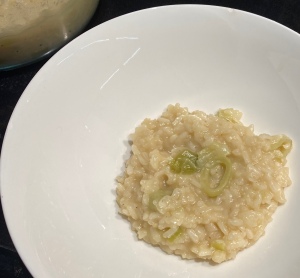



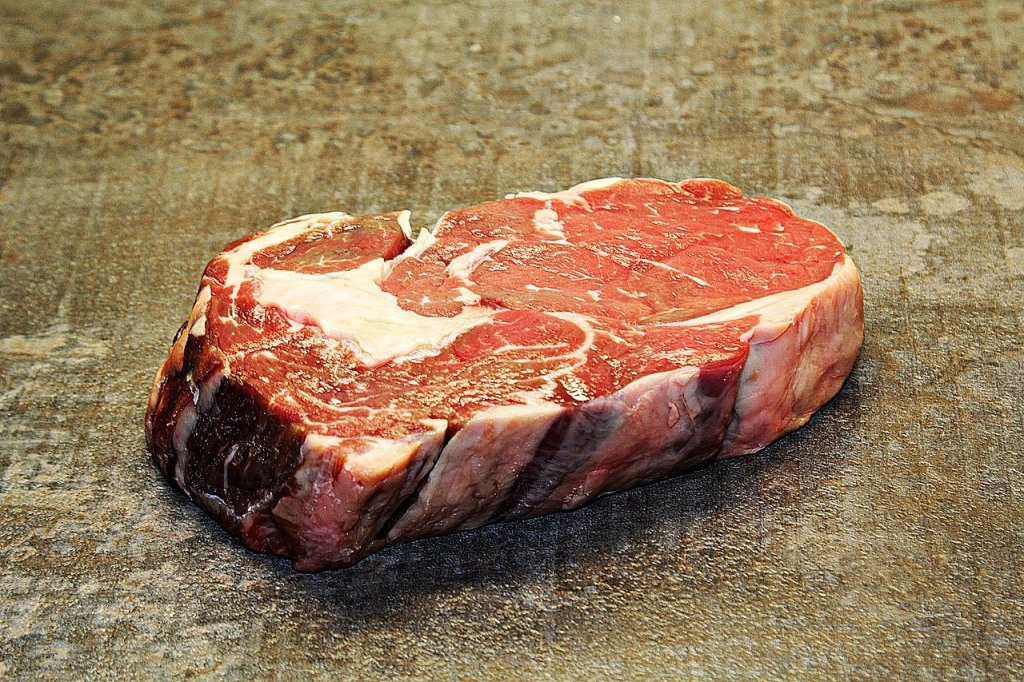
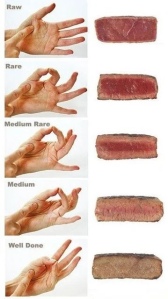

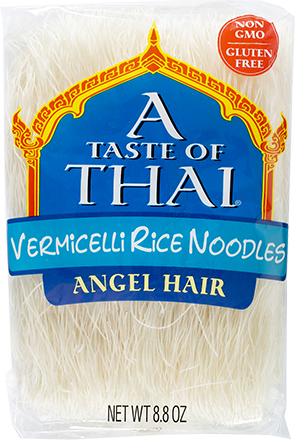
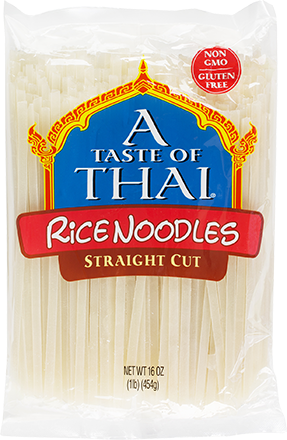

You must be logged in to post a comment.